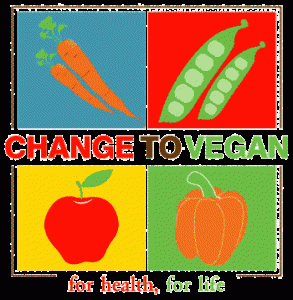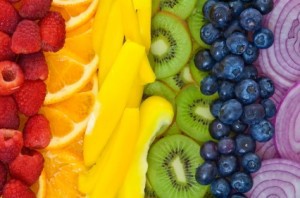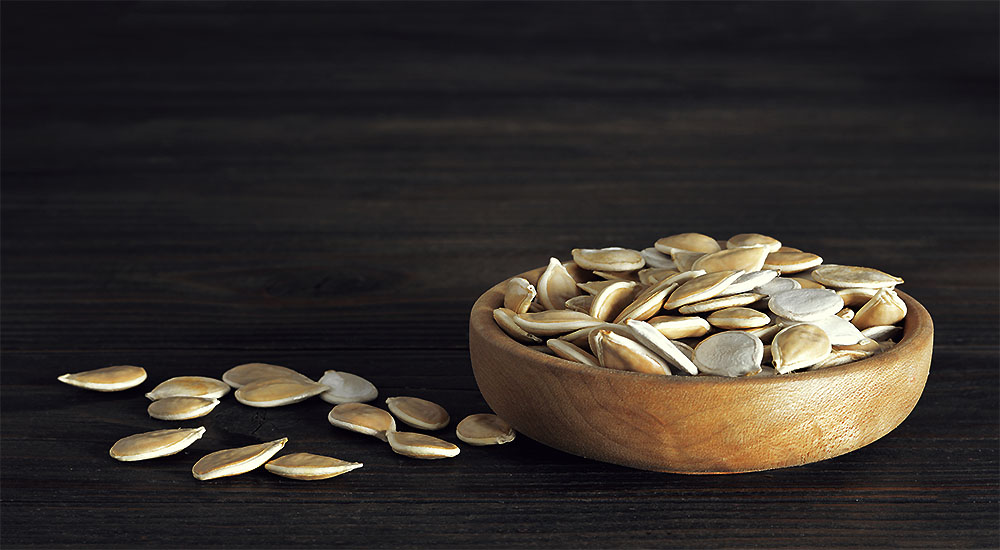How to Be a Healthy Vegetarian or Vegan

Are You Curious About Being a Vegetarian or Vegan?

Research has indicated that adopting a diet with less red meats and increased vegetable and fruit intake is important for reducing risks of cardiovascular events such as heart attacks and strokes.
As this research becomes publicized, many people are opting for vegetarianism and even veganism with the intention of being proactive about their health. However, it is important to understand and be mindful of what components of a vegetarian/vegan diet really make it healthy.
Here’s Some Data that You Must Know
If you or someone you know has recently converted to vegetarianism, the following information is vital in order to get the right benefits from your diet.
Vegetarian or Vegan – what’s the difference?
Vegetarians are defined as persons who do not consume any animal meats but may include some animal-sourced products such as milk, milk products (cheese, yogurt, butter), and eggs as part of their diets. They are often called ovo-lacto-vegetarians for this reason. Vegans, on the other hand, avoid all animal-sourced products. Vegans often also avoid any cosmetics containing animal derivatives or leather products.
The biggest challenge – don’t be ‘cheesy’!
While I was a vegetarian in the 1980s and 1990s, the biggest challenge I faced was eating healthy outside the house. I remember the menu options available when eating out: grilled cheese sandwich, some sort of salad without the chicken or bacon bits, macaroni, and cheese, cheese sticks, jalapeno poppers, cheese poppers, grilled cottage cheese, and fries or some form of deep-fried potatoes.
My vegan friends had even fewer options – they were usually stuck with a green salad with an olive oil dressing or fresh fruit.
Forget about having a hot meal on a freezing day – even the soups contained beef or chicken broth at many times. What was hot and fresh was the freshly baked bread – so no surprise that it was munched down within minutes with multiple requests for more. I called this the ‘carbohydrate trap’ – that is, you end up eating excessive carbohydrates when restaurants offer you very little options. Someone with even a basic knowledge of a healthy diet could see that these options contain high amounts of carbohydrates (bread, pasta) and fats (fried foods, lots of cheese!).
Though many restaurants are now mindful of offering healthier vegetarian options – with at least one completely vegetarian soup and pasta with green veggies – eating out for vegetarians can still be a challenge.
Even though eating out was the biggest challenge, many new converts to vegetarianism/veganism face the same challenges at home. Making changes to one’s diet takes extra effort and the support of family and friends around you. It can be very exhausting initially but it does get better.
If you don’t eat gluten, dairy, corn, and soy – what are your options?
Plenty. You would think – ‘this would the biggest challenge of all’. But you would be surprised to know, you still have lots of options. What are they?
The hundreds of fruits, vegetables, seeds, and nuts that nature has to offer! These are naturally available and contain none of the common allergens mentioned above. Even if you are intolerant or allergic to other specific foods such as certain nuts (peanut allergy being a common one), certain fruits (common: strawberries), or specific vegetables such as the nightshades (potatoes, tomatoes, bell peppers, eggplant) – you still have a lot left to enjoy.
8 Healthy Tips
1) ‘Eat in rainbows’ – a common way to say, eat lots of fruits and vegetables that have different colors. The different colors indicate different nutrients and antioxidants, so ensure you are getting a good complex variety of these.
An easy way to do this is to ensure that you eat at least 2 different colored vegetables/fruits at every single meal, including your breakfast.
Example:
• Breakfast: Add blueberries and raspberries to your protein shake. Make it even more interesting by adding some spinach.
• Lunch: Steamed broccoli and carrots with your choice of protein – hummus is my favorite!
• Dinner: You can have a veggie chili with all different colored bell peppers plus tomatoes and some zucchini.
2) ‘Go green!’ Keep green vegetables as a constant – these should be in addition to the 2 other colors on your plate. Switch them around: kale, spinach, cilantro, parsley, collards, and many others can be eaten raw or sautéed.
3) Steam, sautee, or bake rather than deep fry.
4) Avoid excessive simple carbohydrate intake by avoiding refined carb-rich snacks such as bread, cookies, baked goods, and crackers, as these are often high in sugar and salt as well. Eat nuts and seeds as your protein-rich snacks.
5) Eat complex carbohydrates such as brown rice, quinoa, millet, and buckwheat.
6) Experiment and try all different lentils and beans for your protein intake. A mix of these will ensure adequate protein intake and that you get all your amino acids.
7) Use good sources of fats: olive oil, flax seeds, coconut oil.
8) Get your vitamin B12 levels checked – and supplement if needed. (We can check your levels here in the clinical nutrition department.) Vitamin B12 is found in high amounts in organ meats and this is one nutrient that can be difficult to get enough from a plant-based diet. We have a supplement that’s easy to take however if you need it.
If You Need Help, Let Us Know
These are some general guidelines for all the vegetarians and vegans. If you have specific challenges due to your food sensitivities and health concerns, you can set up an appointment for free health analysis. Our clinical nutrition department will be happy to guide you on the road to optimal health.
Do you need help with your health?
We have the diagnostic and testing tools, the clinical experience, and a different medical approach to discovering the root cause of why you have the symptoms that are bothering you. As long as you are ready to make some dietary and lifestyle changes, we can help you. We will "hold your hand" through the changes, step by step, to make each step an easy one. We are located in Clearwater, FL, at 1000 S Ft Harrison, at the corner of Ft. Harrison Ave. and Magnolia St. There is plenty of parking space directly accessible from Ft Harrison. If it is not convenient for you to come to Root Cause Medical Clinic, we offer telehealth/telemedicine consultations to residents of certain states. Call us for details.
Contact us for a Consultation – Call 727-335-0400

Dr. Vikki Petersen DC. CCN
Founder of Root Cause Medical Clinic
Certified Functional Medicine Practitioner
Dr Vikki Petersen is a public speaker, author of two books, several eBooks and creates cutting edge content for her YouTube community. Dr Vikki is committed to bringing Root Cause Medicine and its unique approach to restoring health naturally to the world.
Ask a Doctor
Have a health concern you'd like to speak with a doctor about? Or just want clarity on a subject? Ask Us!



